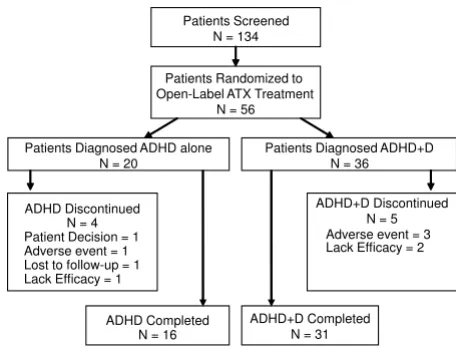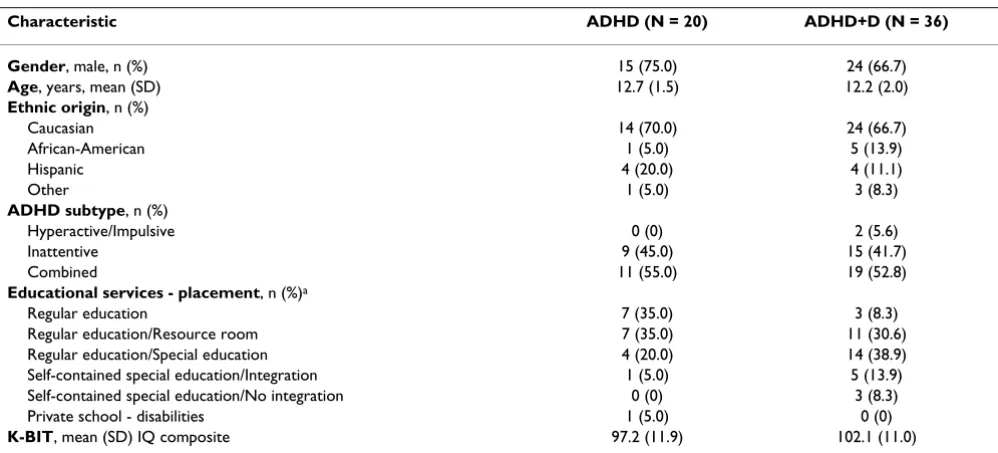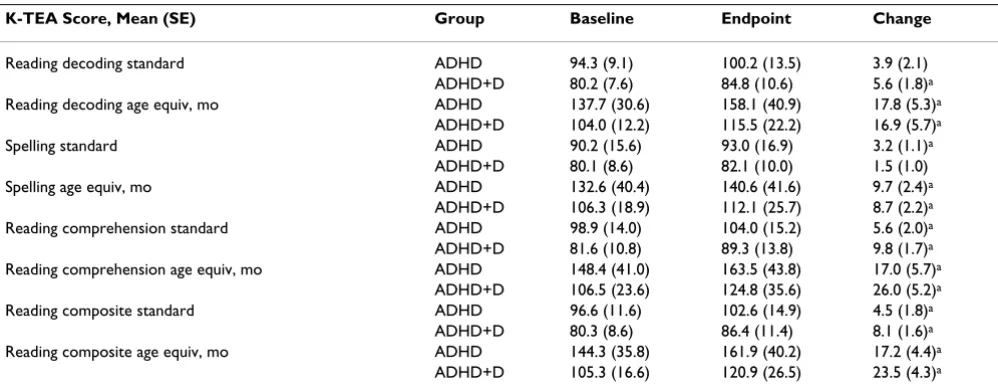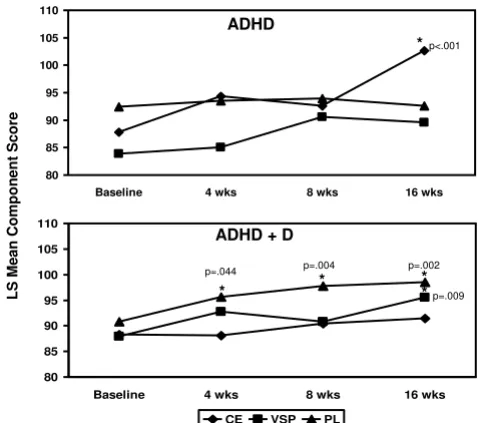Atomoxetine for the treatment of Attention-Deficit/Hyperactivity Disorder (ADHD) in children with ADHD and dyslexia
Full text
Figure




Related documents
Claggett v. Commonwealth 3 8 and Goins appear to be the first application of this new procedural bar. Even so, there should be no bar to federal review of the merits of
The reason to opt Gawalmandi Food Street Restaurants in Lahore, Pakistan as a sample is to find out the dinners’ satisfactory attributes in this area, the
the police, with another four stating that they had been kept on hold or that the police had taken a long time to answer their call (n = 70). The large majority of the sample
DBSCAN: density-based spatial clustering of applications with noise; OPTICS: ordering points to identify the clustering structure; VDBSCAN: varied density-based spatial clustering
*Covariates of P < 0.2 in univariate Cox regression analysis in Additional file 1 : Table S1 were included in multivariate Cox regression analysis: age, sex, body mass
We pro- pose a pricing methodology based on stochastic modeling of CER volume delivery risk and carbon prices as the two main drivers underlying ERPAs, and apply it to a case study on
A decade ago, there was considerable disagreement over whether all health care professionals should demonstrate their continuing competence periodically or only those
removed the individual data points. The class-similarity graph provides a skeleton of the data and reminds us of the proximity relationships between classes through various views of